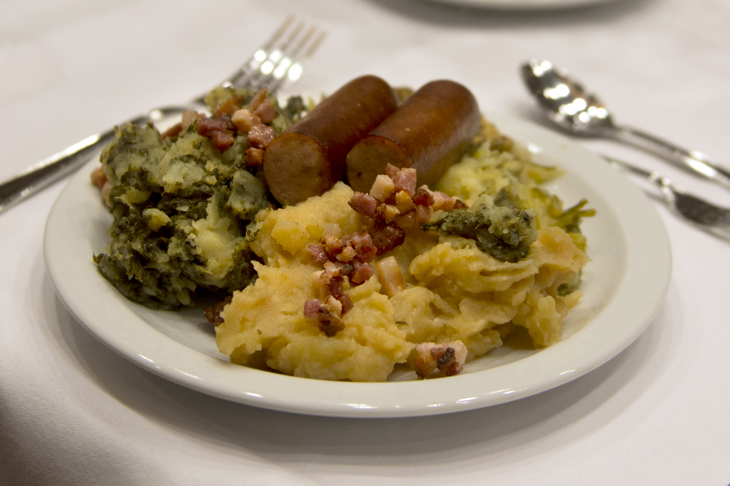For nearly twenty years now, the American National Standards Institute Committee on Education administers a student paper competition intended to encourage understanding of the global standards system that also provides a solid prize — in the $1000 to $5000 range. The topic of the 2024 Student Paper Competition will be What Role Do or Could Standards Play in Safe and Effective Implementation of Artificial Intelligence Applications/Systems?
Student Paper Competition Flyer 2024 – Entries due 7 June 2024
For the past six years Standards Michigan has hosted Saturday morning workshops to help students (and faculty) interested in entering the contest. We will soon post those dates on our CALENDER. We typically host them — three sessions ahead of the deadline — on Saturday mornings.
We provide links to previous paper winners and refer you to Lisa Rajchel: lrajchel@ansi.org for all other details.
Related:
“Normal” Things Americans Do That The Rest Of The World Will Never Understand
ANSI 2019 Student Paper Winner: Cybersecurity & Ukraine Power Grid Attack
2019 Student Paper Winner / Standards in Crisis Prevention & Response:
2016 Student Paper Winner | Life, Liberty and Pursuit of Happiness






























